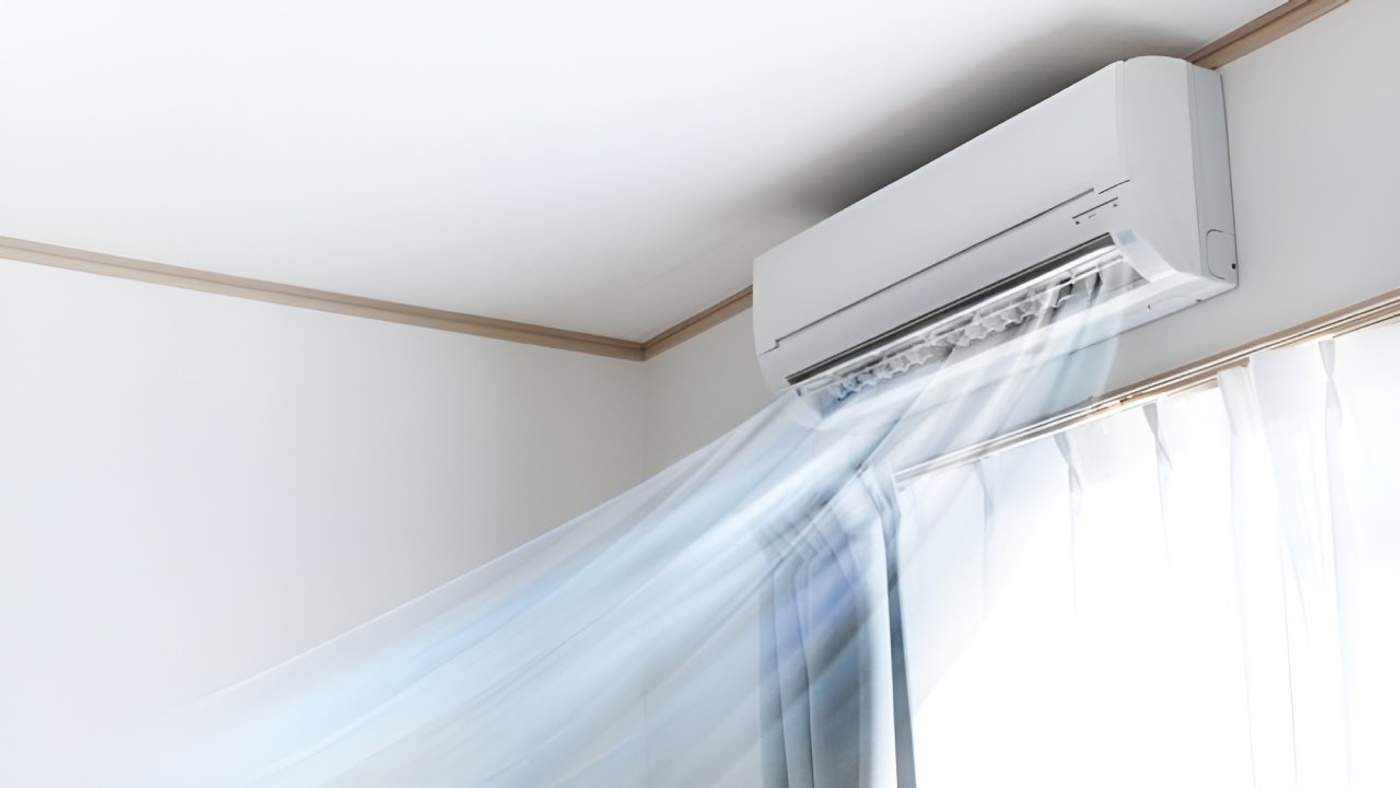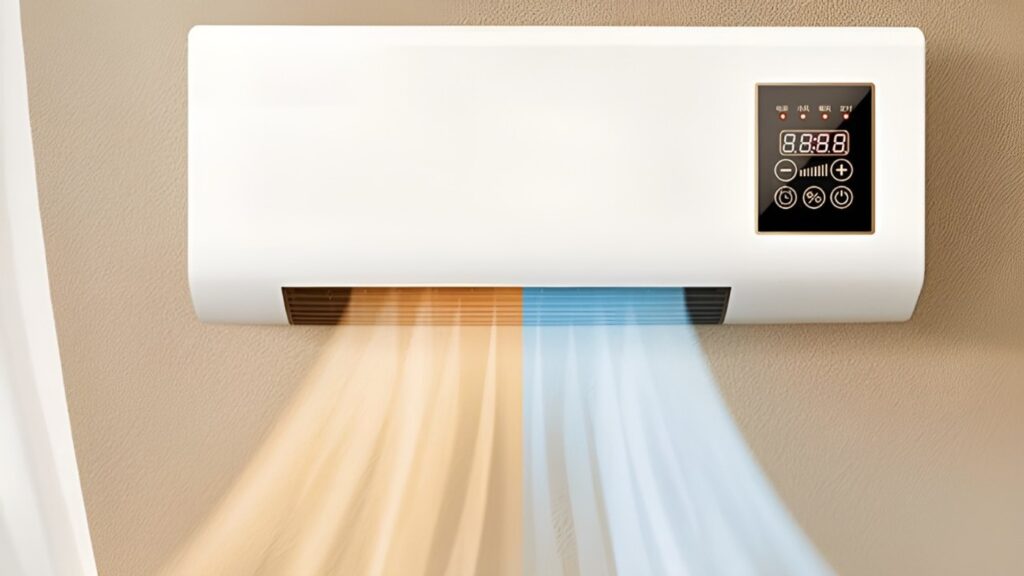Air conditioners have become indispensable, especially during the summer months. These devices are designed to create an environment at the desired temperature. The operating principle is based on the second law of thermodynamics; it asserts that heat moves from a hotter object to a cooler one.
Air Conditioners Take Hot Air from Inside and Transfer It Outside

When the air conditioner is turned on, the inside cooling fan blows over the coils. The molecules of the cooling fluid turn into gas at low temperatures, collecting heat from the indoor environment. This gas then reaches the compressor. The compressor condenses the gas molecules, heating them up, and a fan blowing outward transfers this heat to the outdoor environment. As the cooling heat is released, it condenses and its pressure decreases through an expansion valve.
This process allows the air conditioner to continuously extract heat from the indoor environment. In winter, they function as heat pumps; this time, they take heat from outside and transfer it inside. The fact that the outside is frozen does not hinder the heat transfer because the coolant is warmer than its surroundings, which is sufficient for heat transfer.
Source: TED-Ed


